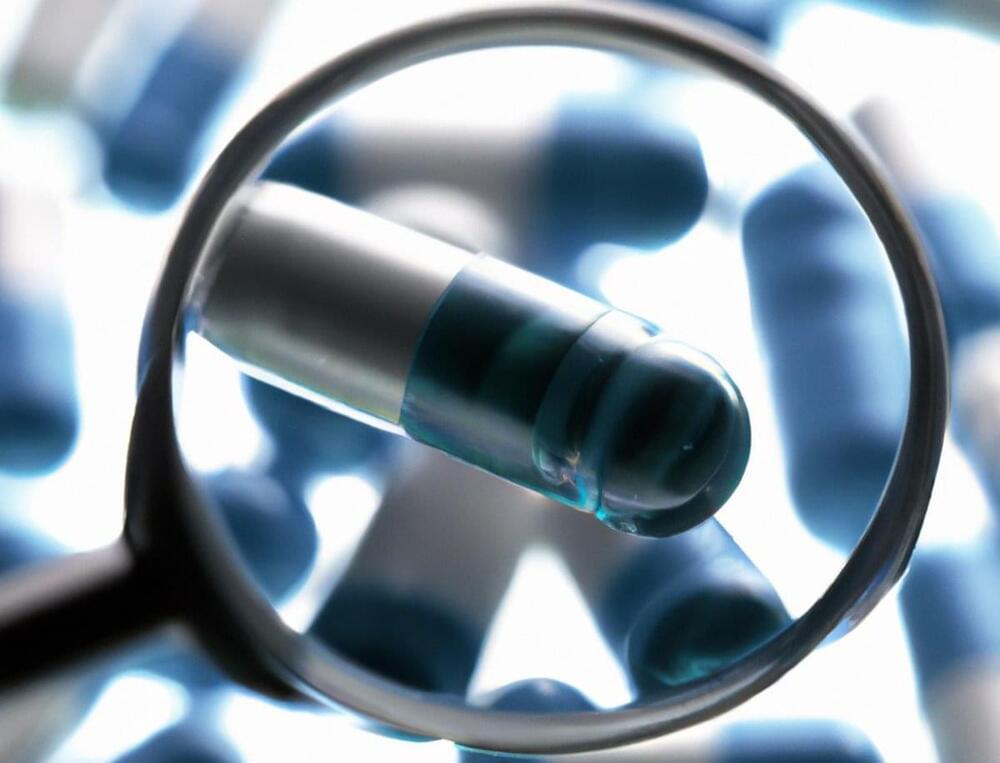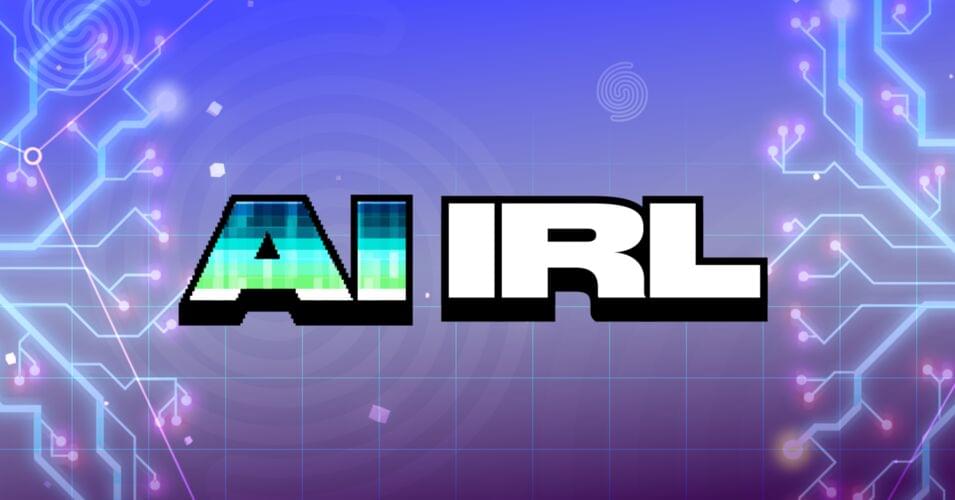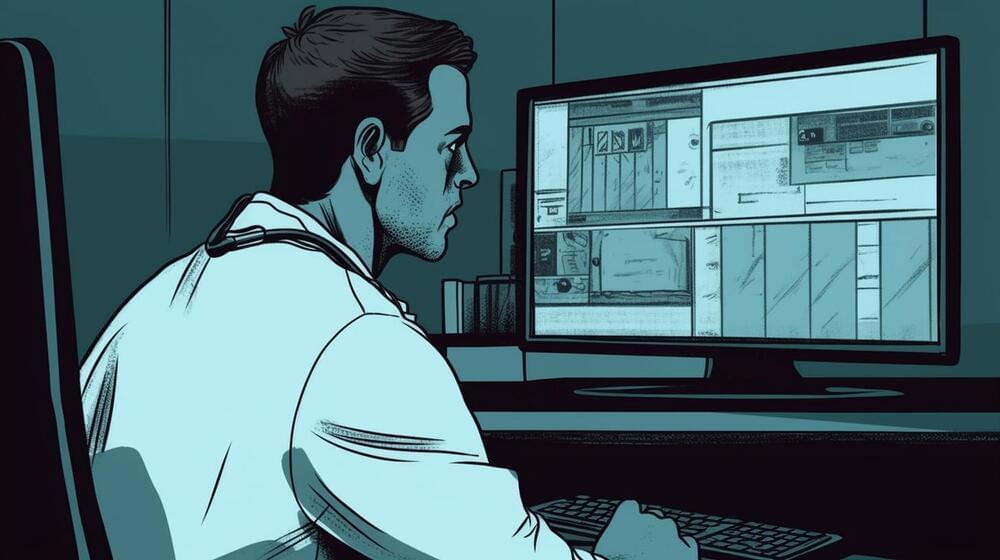Greg Rutkowski is a more popular prompt for text-to-image AI art generators than Picasso.



Sales teams have typically not been early adopters of technology, but generative AI may be an exception to that. Sales work typically requires administrative work, routine interactions with clients, and management attention to tasks such as forecasting. AI can help do these tasks more quickly, which is why Microsoft and Salesforce have already rolled out sales-focused versions of this powerful tool.
Page-utils class= article-utils—vertical hide-for-print data-js-target= page-utils data-id= tag: blogs.harvardbusiness.org, 2007/03/31:999.351825 data-title= How Generative AI Will Change Sales data-url=/2023/03/how-generative-ai-will-change-sales data-topic= Sales data-authors= Prabhakant Sinha; Arun Shastri; Sally E. Lorimer data-content-type= Digital Article data-content-image=/resources/images/article_assets/2023/03/Mar23_28_1422490566-383x215.jpg data-summary=
Microsoft and Salesforce have already rolled out sales-focused versions of this powerful tool.

Summary: Experts see a bright future in the complementary use of artificial intelligence (AI) and structure-based drug discovery for drug discovery. Researchers explain how computational methods will streamline drug discovery by predicting which drug molecules are most likely to bind with the target receptor. The structure-based and AI-based approaches complement each other and can save time and money while yielding better results than traditional trial-and-error methods.
Source: USC
Artificial intelligence can generate poems and essays, create responsive game characters, analyze vast amounts of data and detect patterns that the human eye might miss. Imagine what AI could do for drug discovery, traditionally a time-consuming, expensive process from the bench to the bedside.


The G7 expressed their commitment to threats from outside, as worries about digital absolutism in nations like China persist.
The digital ministers of the Group of Seven (G7) countries have decided that “risk-based” regulation on artificial intelligence (AI) should be adopted.
TheG7 encouraged the ethical use of AI, including the ChatGPT AI bot created by the US company OpenAI, according to media reports.
“Now with reflexes, we think we can one day pick and place in every possible way, so that a robot could potentially clean up the house.”
Reacting to stimuli on the fly has been exclusive to living beings for much until now. In a world of uncertainties, adjusting to changes in our surroundings has been a big reason why we’re still around as a species.
In their pursuit of giving robots a human touch, MIT engineers have now developed a gripper that grasps by reflex.

According to a recent study, ChatGPT surpasses the quality and empathy of physicians when responding to online queries. However, there are some caveats.
A recent study published in JAMA Internal Medicine reveals that ChatGPT surpasses physicians in terms of quality and empathy when responding to online queries. The study evaluated ChatGPT’s performance compared to physicians in answering patient questions from Reddit’s r/AskDocs forum.
The cross-sectional study involved 195 randomly selected questions and found that chatbot responses were preferred over physician responses. ChatGPT received significantly higher ratings for both quality and empathy.

Maybe you can’t tell a book from its cover, but according to researchers at MIT you may now be able to do the equivalent for materials of all sorts, from an airplane part to a medical implant. Their new approach allows engineers to figure out what’s going on inside simply by observing properties of the material’s surface.
The team used a type of machine learning known as deep learning to compare a large set of simulated data about materials’ external force fields and the corresponding internal structure, and used that to generate a system that could make reliable predictions of the interior from the surface data.
The results have been published in the journal Advanced Materials, in a paper by doctoral student Zhenze Yang and professor of civil and environmental engineering Markus Buehler.

This new solid hydrogen phase discovered by an international team of researchers followed the model’s presentation of hydrogen molecules under extreme conditions: to use a food analogy, their shape morphed from spheres stacked like a pile of oranges to something that more closely resembled eggs.
Hydrogen typically requires very low temperatures and very high pressures to form a solid. It was through a novel machine learning study of this particular phase change that the scientists came across the new molecular arrangement.
ChatGPT has been hitting the headlines since its debut and after passing exams at business and law schools. Now, most recently, the AI has nearly passed the US Medical Licensure Exam (USMLE) necessary to pursue medical practice within the US.
ChatGPT: Revolutionary AI
NDTV reports that Open. AI, which has been an investment recipient of Microsoft and Elon Musk, built the ChatGPT chatbot. ChatGPT specifically stands for “Chat Generative Pre-Trained Transformer” and is a bot that is language-based and that is capable of coming up with responses that mirror those of humans.